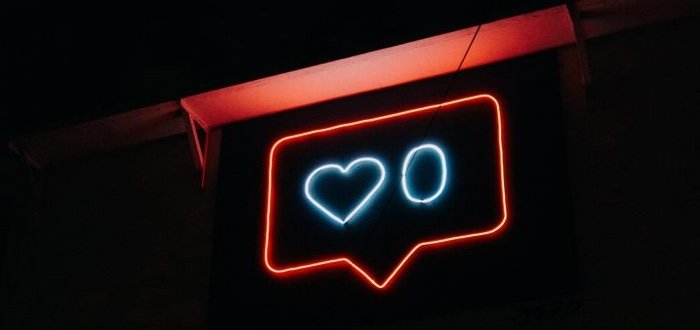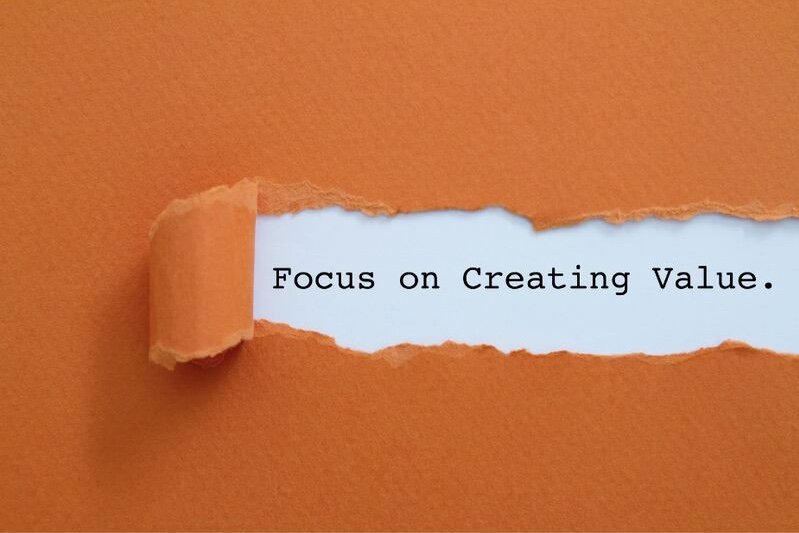What are your intentions?
Relational refers to an approach or style that prioritises building and nurturing interpersonal connections and relationships. In relational interactions, individuals emphasise trust, empathy, and understanding. These relationships are often characterised by mutual respect, cooperation, and collaboration. On the other hand, transactional refers to an approach or style focused on exchanges or transactions between parties to achieve specific goals or outcomes. In transactional interactions, individuals typically emphasise efficiency, clarity of roles and responsibilities, and achieving objectives. And these interactions are often based on agreements, contracts, or defined parameters.
I think when individuals lack a sense of care and support in their workplace, coupled with a lack of opportunities to utilise their strengths and grow, ambiguity regarding the mission or purpose, and unclear expectations, their behaviour may be affected. And given that we are all involved in dealing with people, it's fair to say we are essentially in the business of managing emotions.




















